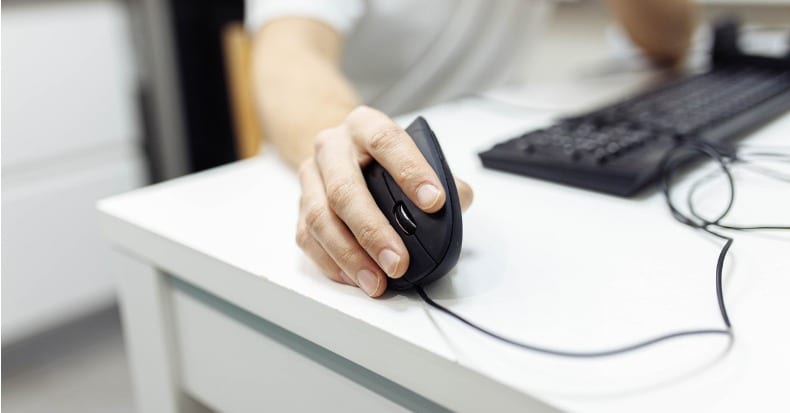Of all the potential contributing factors for carpal tunnel syndrome—diabetes, thyroid dysfunction, inflammatory arthritis, pregnancy, birth control usage, and obesity—perhaps the most well-known is participating in jobs and activities that require fast, repetitive hand movements that can place increased pressure on the median nerve as it passes through the wrist. What can someone do if they begin experiencing tingling and numbness or pain and weakness associated with carpal tunnel syndrome without giving up their livelihood or their hobby?
First, understand that when the wrist is bent, the pressure on the contents of the carpal tunnel can increase substantially, especially when inflammation is present, which can affect the median nerve. So, if an activity frequently leads to numbness, tingling, or painful sensations in the hand and wrist, look for ways to maintain more neutral wrist posture. This may also involve using tools with a more ergonomic, wrist-friendly design. For the carpal tunnel syndrome patient, a doctor of chiropractic may also recommend wearing a splint overnight to keep the wrist from bending during sleep.
It's also important to take frequent breaks (every 30 minutes, for example) to allow the affected wrist and hand to rest. Or if possible, switch to a different activity for a short time before returning to the task that places the greatest strain on the wrist.
Here are three great exercise options to improve finger, thumb, wrist, and forearm flexibility, which may stretch the soft tissues in the wrist and increase activity tolerance:
- Thumb-finger “push-ups”: Place the pads of your fingers and thumbs together in front of you and keep the fingers straight, spread apart, and pointing down. Push the hands together (try to touch your palms) and then push them apart by flexing your fingers and repeat. This stretches all five digits and the palm/forearm muscles ALL at the same time.
- Shake ‘em out: …as if you’re shaking your wet hands to dry them. Continue this for as long as one to two minutes every hour.
- Wall-stretches: Place your palm on a wall, elbow straight, fingers pointed down and push your palm flat into the wall as far as you can. Reach over and pull your thumb back off the wall with your other hand and hold for 20-30 seconds. Switch hands and repeat the stretch. This can be repeated two to three times per hand every hour.
Of course, consult with your doctor of chiropractic so that he or she can take a look at your patient history and examine the entire course of the median nerve to identify any other factors that may contribute to your carpal tunnel syndrome-associated symptoms.



